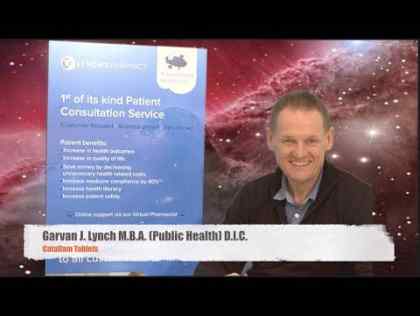-
Pain. Your joint may hurt during or after movement.
-
Tenderness. Your joint may feel tender when you apply light pressure to it.
-
Stiffness. Joint stiffness may be most noticeable when you wake up in the morning or after a period of inactivity.
-
Loss of flexibility. You may not be able to move your joint through its full range of motion.
-
Grating sensation. You may hear or feel a grating sensation when you use the joint. Bone spurs. These extra bits of bone, which feel like hard lumps, may form around the affected joint.
Causes
Osteoarthritis occurs when the cartilage that cushions the ends of bones in your joints deteriorates over time. The smooth surface of the cartilage becomes rough, causing irritation. Eventually, if the cartilage wears down completely, you may be left with bone rubbing on bone — causing the ends of your bones to become damaged and your joints to become painful.
It isn't clear what causes Osteoarthritis in most cases. Researchers suspect that it's a combination of factors, including:
-
The aging process
-
Joint injury or stress
-
Heredity
-
Muscle weakness
-
Obesity
How do you treat it?
Like any disease, even if there is no cure, there is almost always something you can do to manage it and take control. There are three main areas involved in the treatment of any disease:
For information on medicines and therapies relevant to Osteoarthritis, make an appointment at Lynch's Pharmacy, Broadale, Douglas, Cork on 021-4366923.
Learn all about the drugs used to treat the disease and any complementary medicines or therapies proven to help. Equip yourself with the tools to manage the condition and not be managed by it.
How do you live with it?
Certain adjustments may be needed to get on with your life, and often, some simple tips and advice can go a long way to making these changes.
When you come to a Lynch's Pharmacy Clinic, we give you all the necessary information available to make your life more manageable and allow you to better live with your condition.
References
Osteoarthritis- http://en.wikipedia.org/wiki/Osteoarthritis
Osteoarthritis, a comprehensive review http://www.mayoclinic.com/health/osteoarthritis/DS00019
http://www.nhs.uk/conditions/osteoarthritis/Pages/Introduction.aspx






